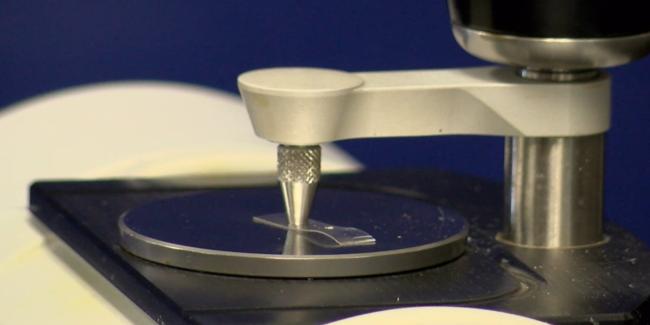Summary
LAWTON, Okla. (KSWO) – Daily, many people are said to have dropped minute pieces of plastic into their bodies called microplastics. According to the Environmental Protection Agency, these microplastics can cause potential health risks including cardiovascular and digestive issues.
Source: KSWO on MSN.com

AI News Q&A (Free Content)
Q1: What are microplastics and what sources contribute to their presence in the environment?
A1: Microplastics are small plastic particles less than 5 mm in size and can originate from a variety of sources. They are classified into primary and secondary microplastics. Primary microplastics are intentionally manufactured small particles, such as microfibers from clothing and microbeads from cosmetics. Secondary microplastics result from the breakdown of larger plastic products, like water bottles and plastic bags, due to environmental factors. These particles are prevalent in both aquatic and terrestrial ecosystems, significantly impacting marine life and soil health by introducing toxic chemicals into the food chain.
Q2: How do microplastics affect human health, particularly during pregnancy?
A2: Recent studies have linked in-utero exposure to microplastics to adverse birth outcomes, such as low birth weight. This association is particularly significant in coastal areas, where microplastic concentrations are higher. The exposure is primarily attributed to the inhalation of airborne microplastic particles, which can become aerosolized through seawater evaporation, posing a significant health risk as ocean temperatures rise.
Q3: What are some effective methods for removing microplastics from water systems?
A3: Several methods have been developed to tackle microplastic pollution in water, each with varying effectiveness. Conventional methods like filtration and sedimentation are limited in their ability to capture smaller particles. More advanced techniques, such as membrane filtration, magnetic separation, and electrochemical methods, show better performance across a broader size range. Biological approaches, including bioremediation using bacteria, fungi, and algae, offer eco-friendly alternatives by breaking down microplastics into less harmful components. These methods aim to protect both environmental and human health by preventing toxin accumulation in the food chain.
Q4: What role do microplastics play in the transportation of chemical pollutants in marine environments?
A4: Microplastics can act as vectors for plastic-related organic pollutants (PROPs) in marine environments. Due to their ability to absorb and transport harmful chemicals, microplastics can mediate the export of these pollutants across different regions of the ocean. This interaction is particularly concerning in regions like the Mediterranean Sea, where simulations show that microplastics facilitate the spread of PROPs, posing a threat to marine life and potentially humans through the food chain.
Q5: How are technological advancements aiding in the detection and classification of microplastics?
A5: Recent advancements in technology, such as deep learning algorithms, have significantly improved the detection and classification of microplastics and nanoplastics. Tools like the MiNa dataset use scanning electron microscopy images to categorize plastics by polymer type, enabling more efficient and accurate studies of these contaminants. These technologies help researchers overcome the limitations of traditional methods, which are often labor-intensive and time-consuming.
Q6: What are the environmental implications of microplastics in soil ecosystems?
A6: Microplastics in soil ecosystems can significantly reduce soil viability by introducing toxic chemicals and disrupting the natural functions of the soil. They can also affect microbial communities and plant growth, ultimately impacting agricultural productivity. The persistence of microplastics in soils underscores the need for effective management strategies to mitigate their environmental impacts.
Q7: What future directions are being explored to enhance the management of microplastics?
A7: Future directions in microplastic management focus on integrating existing technologies for enhanced removal efficiency, developing novel materials, and improving system designs to reduce costs and environmental impact. Research is also exploring new chemical and biological approaches to degrade microplastics more effectively, aiming to safeguard environmental health and reduce the risk to human populations.
References:
- Microplastics: https://en.wikipedia.org/wiki/Microplastics
- Technologies to eliminate microplastic from water: https://www.sciencedirect.com/science/article/pii/S0025326X21004212





